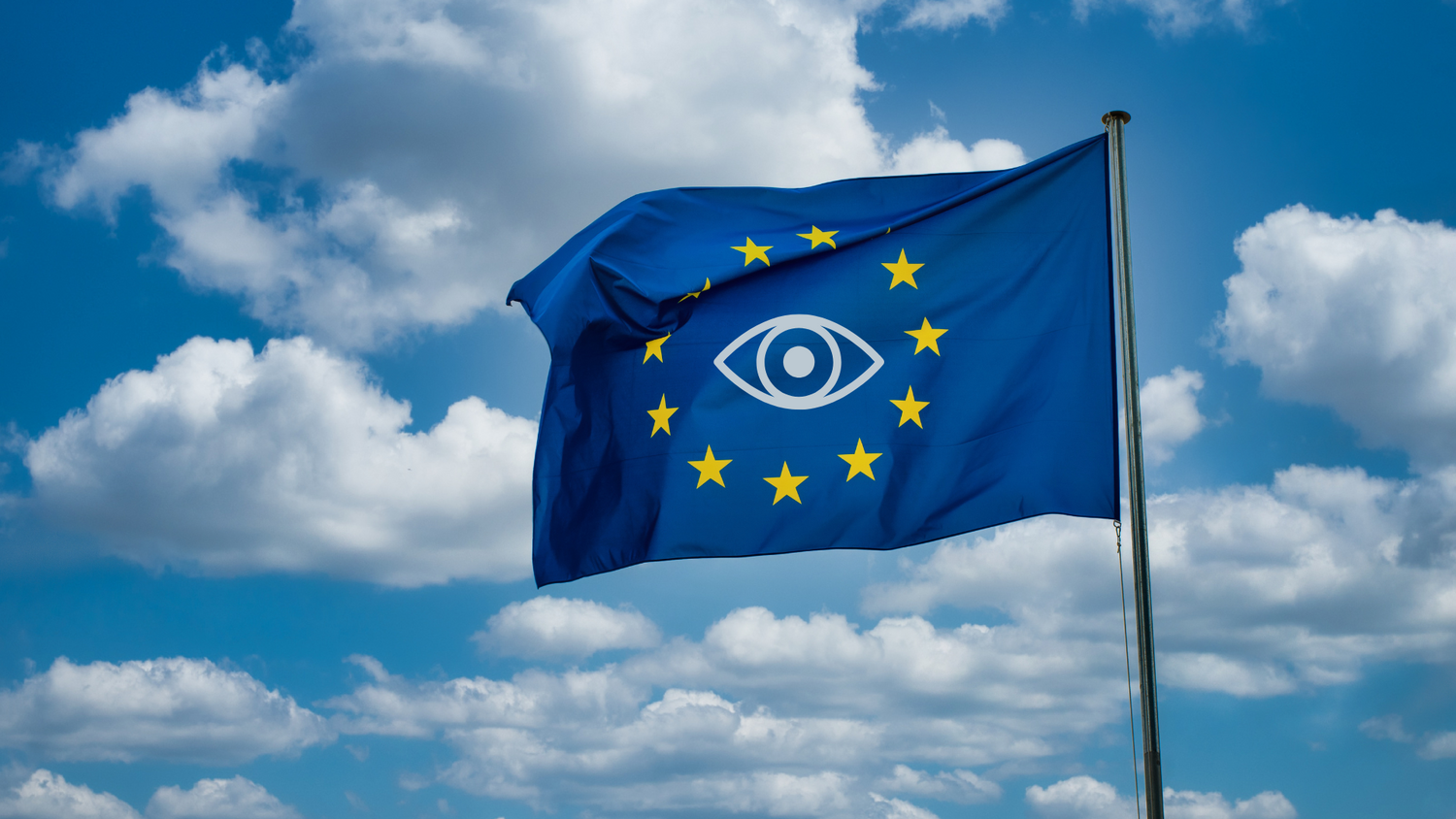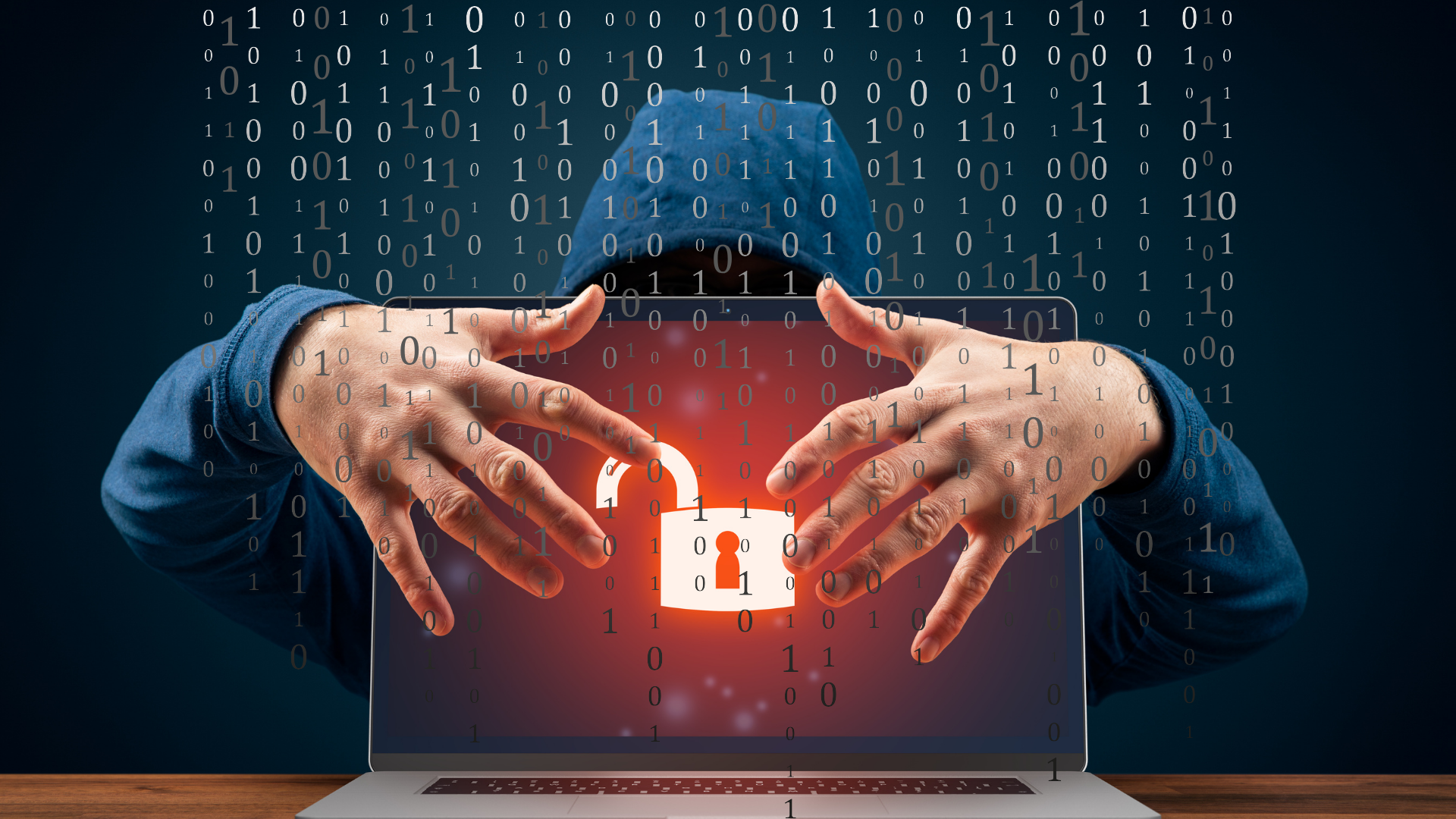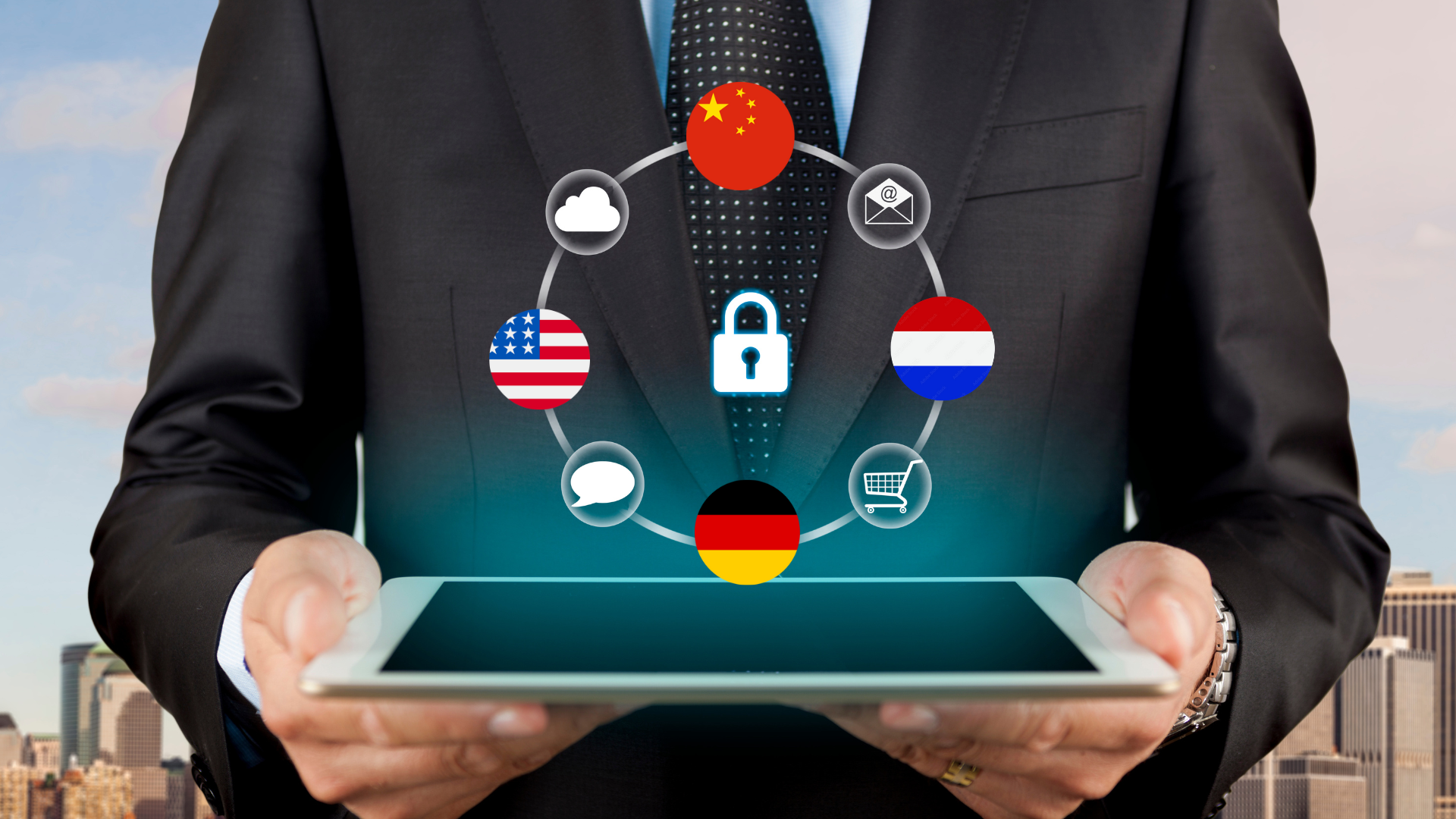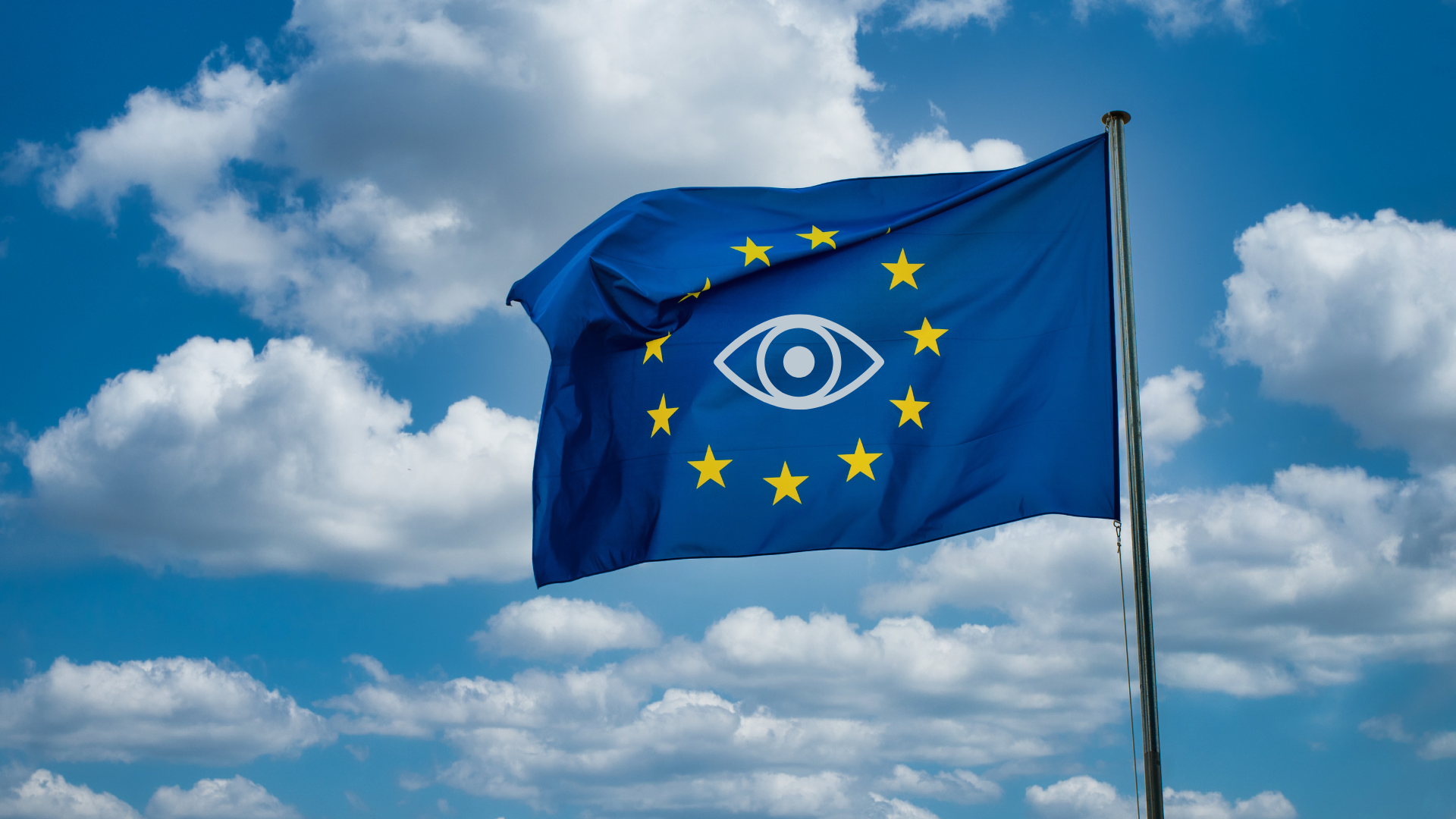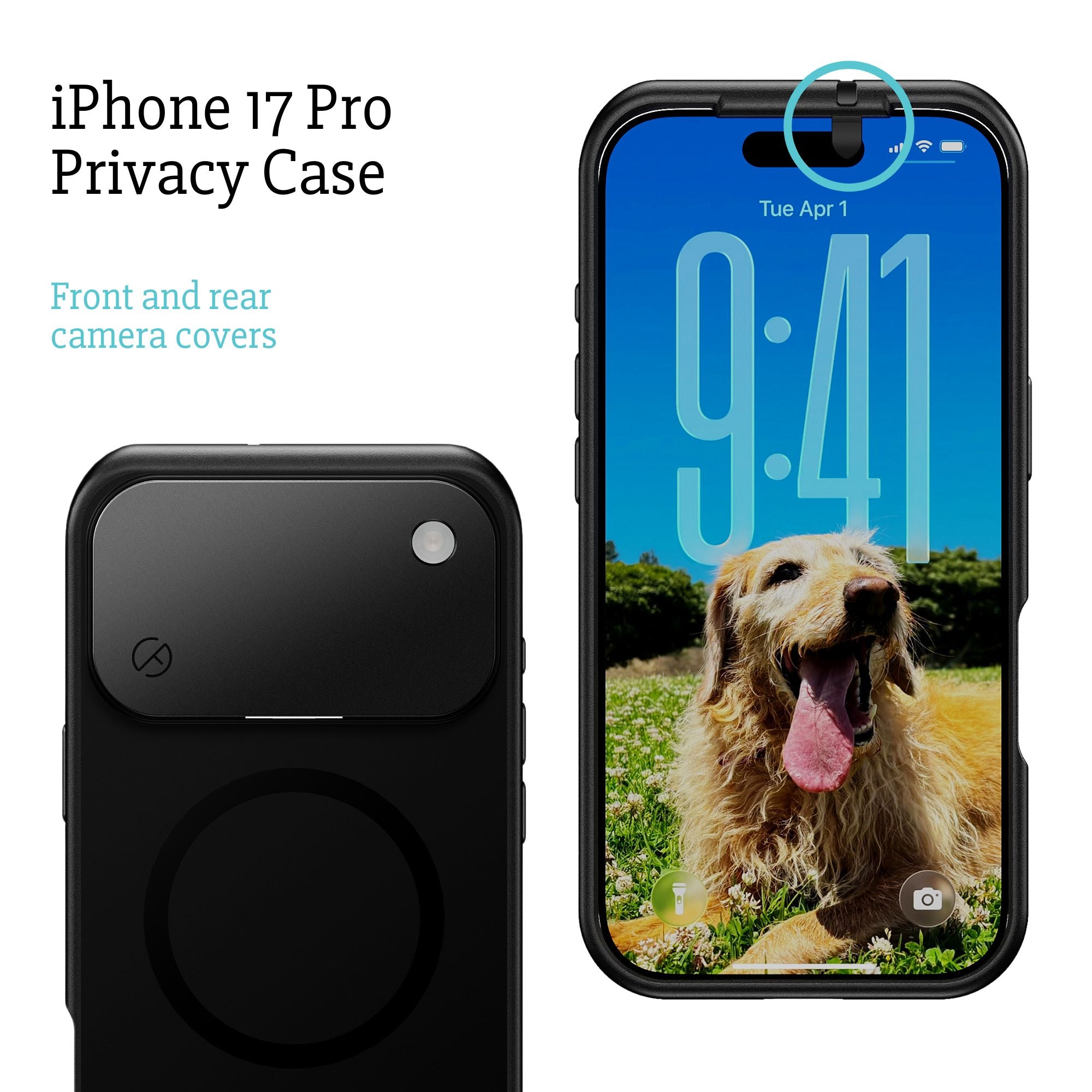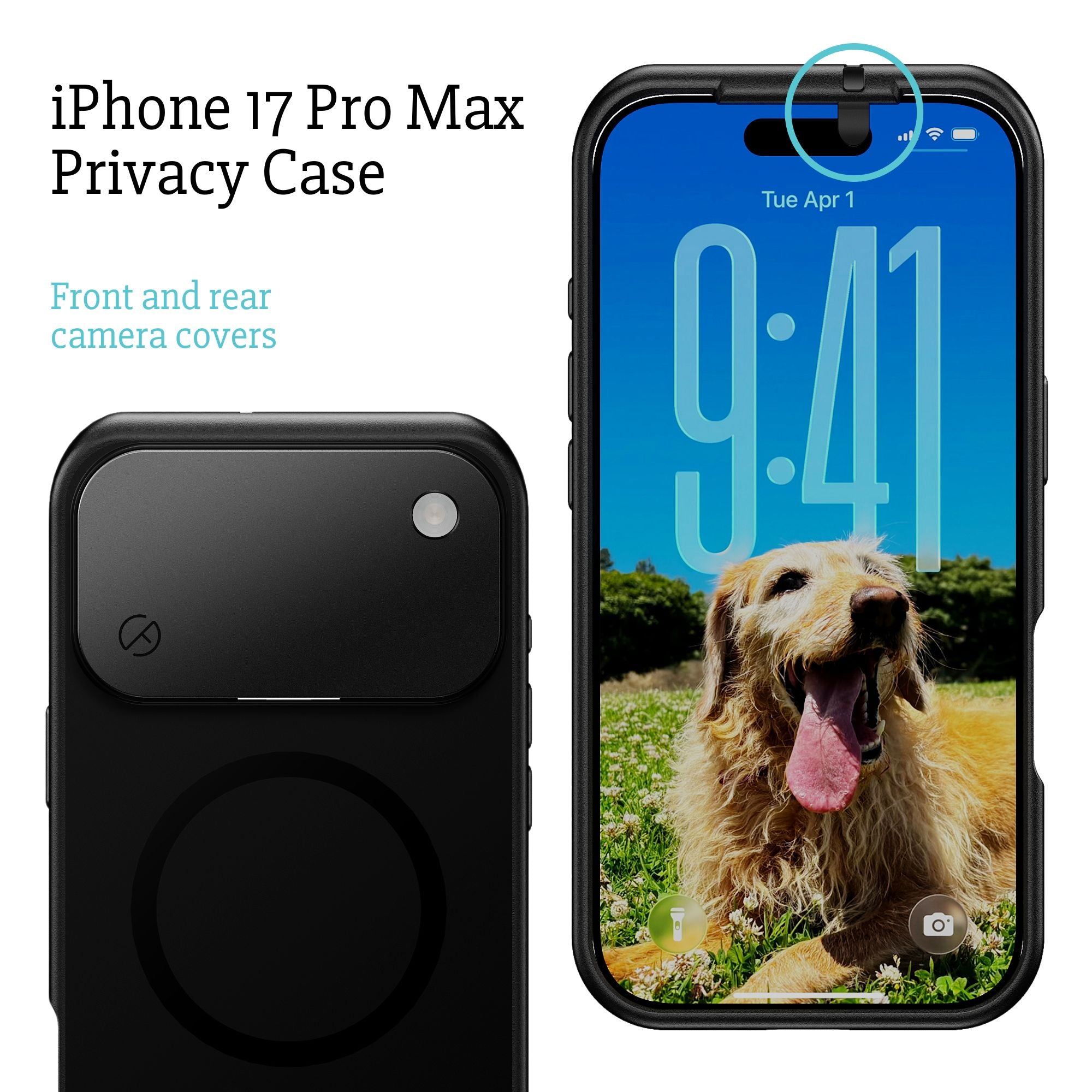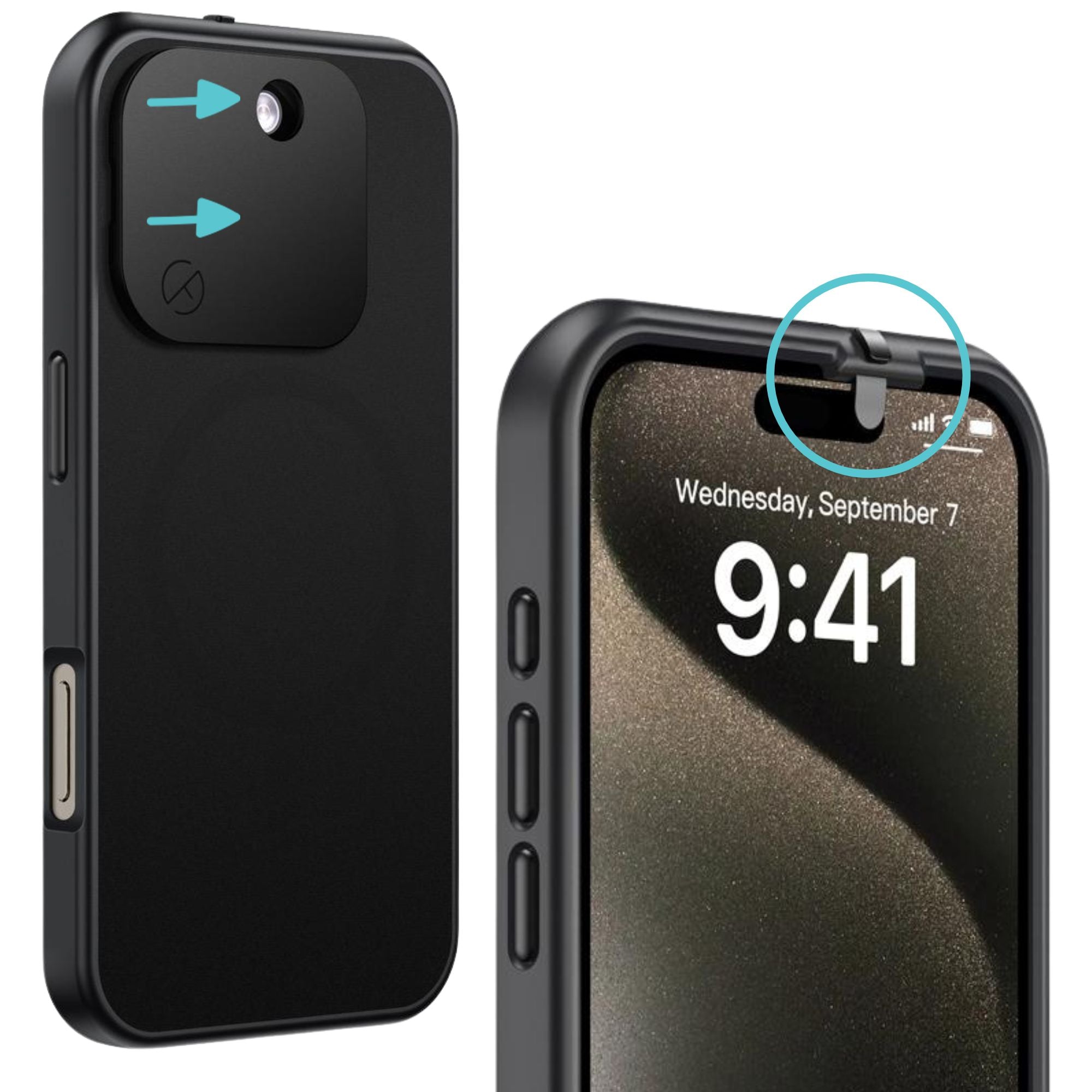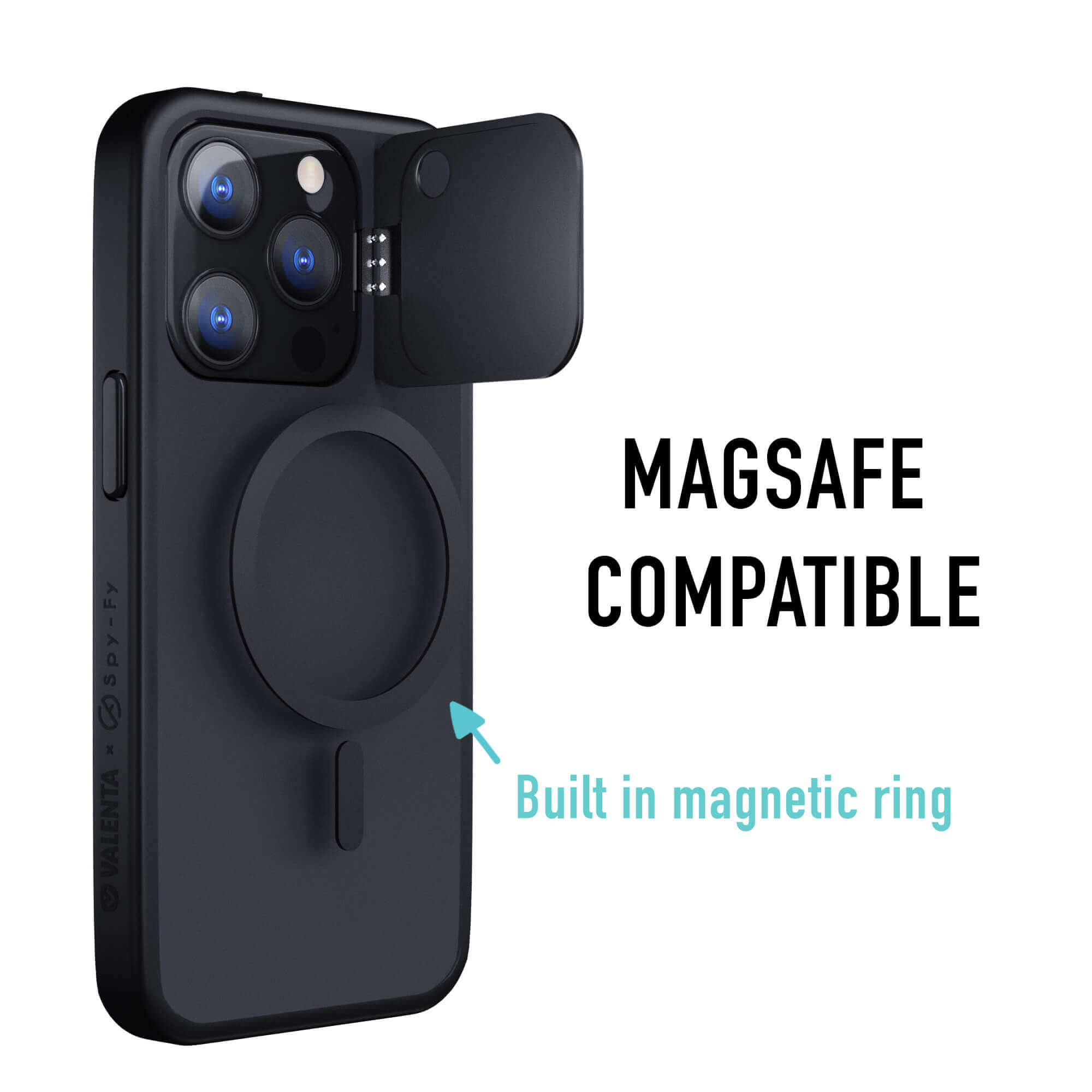If you’ve ever texted a friend something personal, shared a photo or had a private conversation in a secure messaging app, you’ve probably taken for granted that no one else can see it. That’s the promise of end-to-end encryption. But in the European Union, a controversial proposal called “EU Chat Control 2.0” could change all of that and it’s causing one of the biggest privacy debates in years.
So what exactly is Chat Control 2.0, why was it introduced and why are people calling it mass surveillance? Let’s unpack it in plain English.
What is EU Chat Control 2.0?
The official name is the “Regulation to Prevent and Combat Child Sexual Abuse.” On paper, its goal sounds straightforward: protect children by detecting and removing illegal child sexual abuse material (CSAM) from online platforms. The European Commission argues that because encrypted messaging apps make it harder to spot such content, new measures are needed to scan communications for potential abuse.
This isn’t the first version. The original “Chat Control” proposal already stirred controversy. Version 2.0 tries to address some criticisms, but many experts and digital rights advocates say the changes are mostly cosmetic. Critics like Patrick Breyer, a Member of the European Parliament, call it “the most extensive mass surveillance proposal in the EU’s history.”
Why was it proposed?
The European Union says the regulation is necessary because current methods are not enough to detect and stop the spread of CSAM online. Some abuse happens through email, social media, or messaging apps and law enforcement often struggles to trace offenders when encryption hides the content.
In other words, the EU wants platforms to actively scan messages, images and videos to detect possible abuse, even if those messages are encrypted.
How would it work?
Under Chat Control 2.0, providers of messaging services, email and cloud storage could be required to install “detection technologies” that scan for known CSAM, grooming attempts, or suspicious behaviour. This could involve artificial intelligence analysing text, images and even voice messages.
For non-encrypted services, scanning is relatively easy. But with secure messaging apps like Signal or WhatsApp that use end-to-end encryption, the only way to scan messages is at the device level, before or after they’re encrypted. This is sometimes called “client-side scanning.” The problem? That means your device would become a government-mandated surveillance tool.
What does encrypted mean and why is it important?
End-to-end encryption means only you and the person you’re communicating with can read or see what’s sent: not the app provider, hackers or even governments. If Chat Control requires scanning, that privacy is broken. In other words, encryption is like a lock on your diary. Chat Control 2.0 hands out a master key and hopes it never falls into the wrong hands.
What do secure messaging apps say?
Apps like Signal, WhatsApp, and Element have been outspoken. Signal says it will never comply with laws that undermine encryption. Element, a UK-based secure communications provider, argues that Chat Control threatens both online privacy and Europe’s tech competitiveness.
Their position is simple: you can’t scan encrypted messages without breaking encryption and once that trust is gone, users and businesses will move elsewhere.
The surveillance debate
Supporters of Chat Control say it’s about protecting children, not spying on the general public. They argue that the technology can be targeted to find only illegal content. But critics including digital rights groups warn that any system scanning all communications is, by definition mass surveillance.They also point out that false positives could lead to innocent people being investigated.
Alternatives and safeguards
Opponents aren’t saying “do nothing.” They suggest more targeted methods:
- Better funding for law enforcement cyber units
- Focused investigations on suspects, not everyone
- Encouraging reporting mechanisms in apps
- Improved education for parents and children
These approaches avoid breaking secure messaging for the entire population while still tackling online abuse.
Conclusion: why it matters to you
You might think this is just a tech policy debate in Brussels, but it’s much more personal. It’s about whether private messages stay private, whether secure messaging apps remain truly secure, and whether governments can mandate scanning of all communications in the name of safety.
Once the door to surveillance is opened, it’s hard to close. That’s why so many digital rights groups are urging citizens to speak out, contact their representatives, and demand solutions that protect both children and fundamental rights.
If you believe privacy matters just as much as we do, take a moment to visit our website and explore our range of physical privacy products, because protecting your digital life starts with safeguarding your physical space too.
FAQs
1. Is Chat Control 2.0 already approved?
Not yet. It’s still under debate in EU institutions.
2. Will it read all my messages?
If implemented in its strictest form, yes all messages could be scanned before they’re sent.
3. Does it affect only the EU?
The law would apply within the European Union, but global services might change their systems worldwide rather than create separate versions.
4. Can I avoid it?
Potentially by using services hosted outside the EU, but that’s not foolproof and the legal risk for providers is high.
5. Why are privacy groups so opposed?
Because it sets a precedent for constant surveillance, undermines encryption and risks misuse by bad actors.
